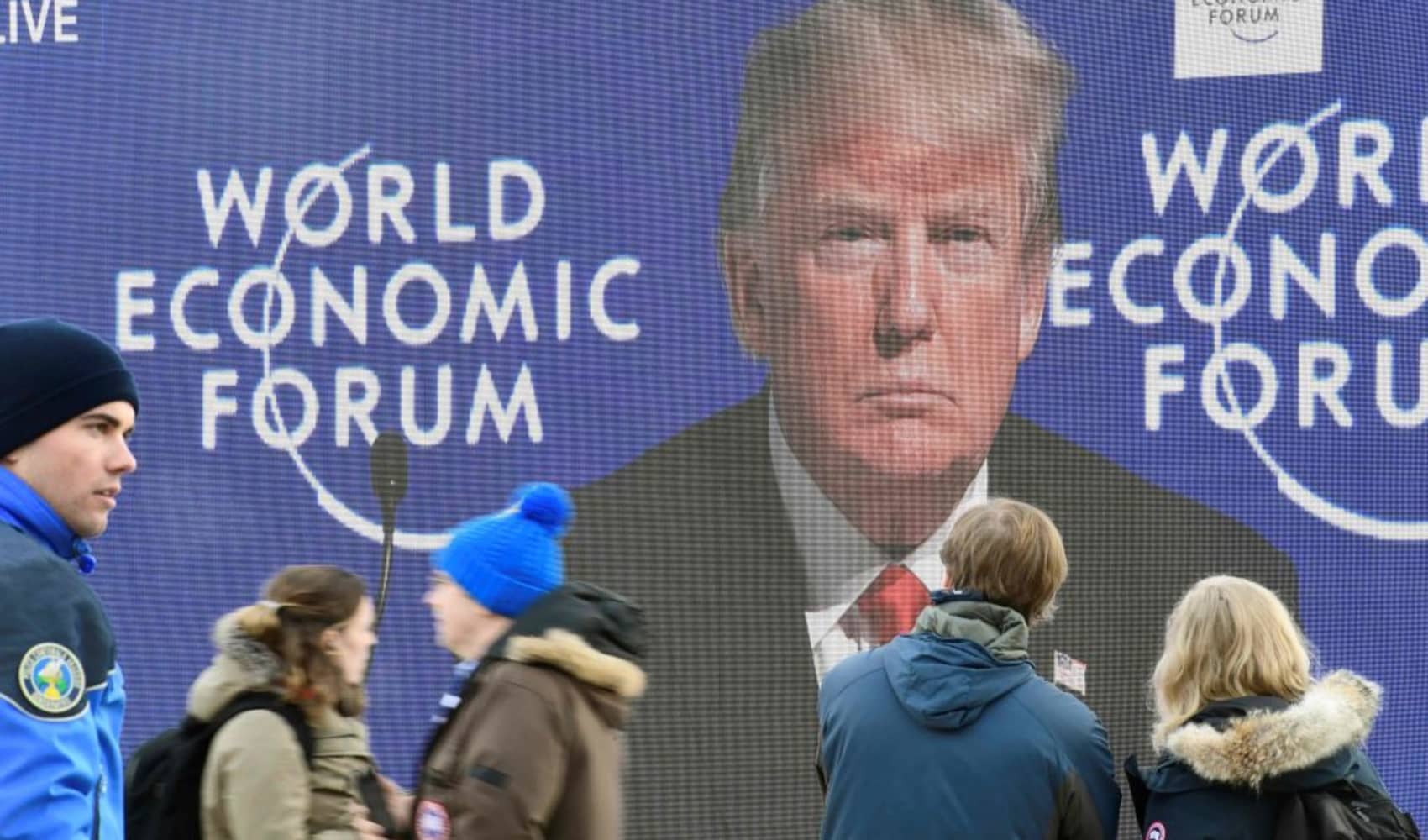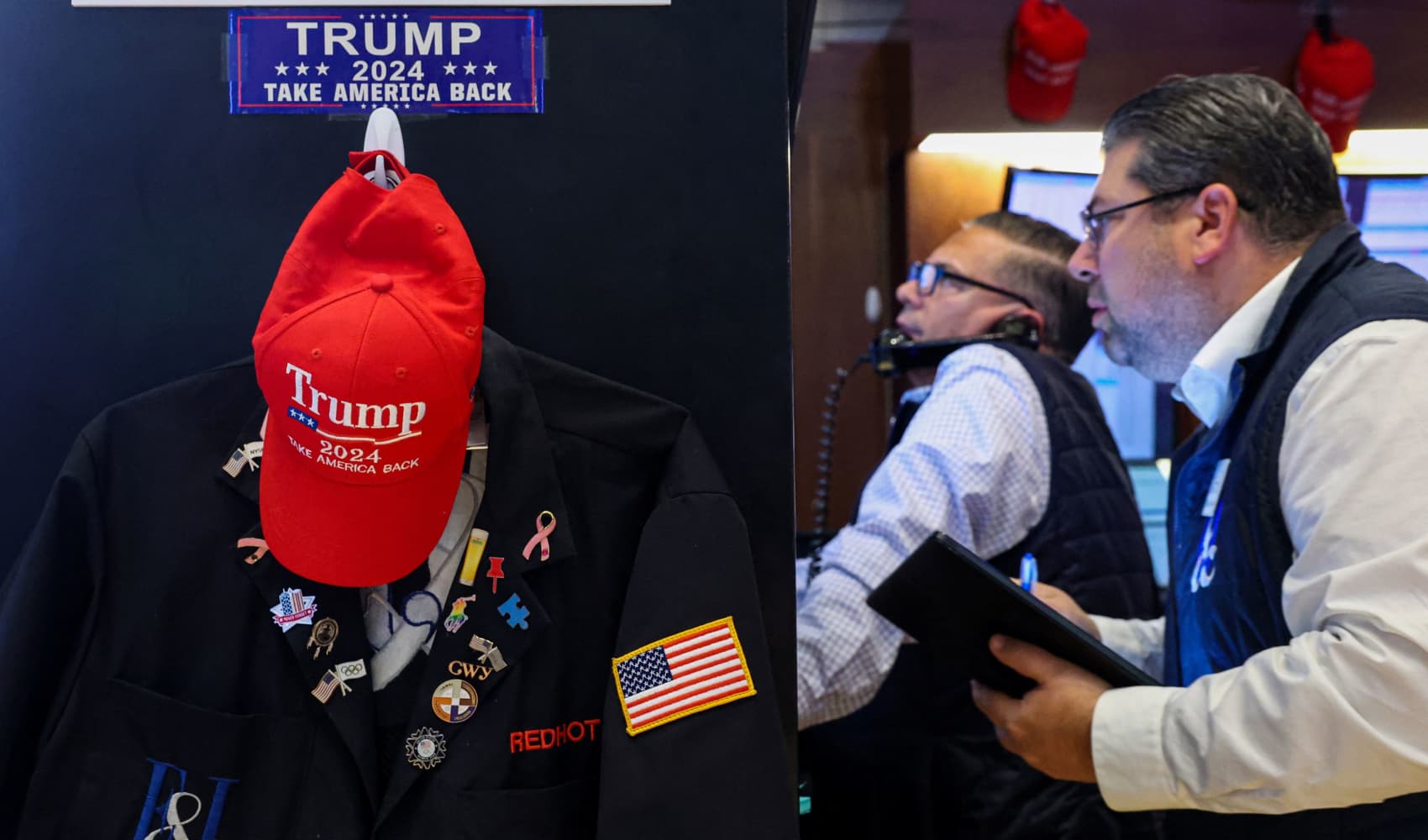
Construction work is done around the Federal Reserve building on September 17, 2024 in Washington, DC.
This report is from today's CNBC Daily Open, our international markets newsletter. CNBC Daily Open brings investors up to speed on everything they need to know, no matter where they are. Like what you see? You can subscribe here.
What you need to know today
From high to flat
On Tuesday, the S&P 500 and Dow Jones Industrial Average were unchanged after both indexes notched all-time highs earlier in the day. The Nasdaq Composite added 0.2%. Asia-Pacific markets opened mixed Wednesday. Japan's Nikkei 225 hovered around the flatline as data showed the country's imports and exports growth for August missed expectations.
What to expect from the Fed
The Federal Open Market Committee meeting wraps up Wednesday U.S. time, and the Federal Reserve will announce its decision on monetary policy. CNBC's Jeff Cox breaks down what to expect from the meeting – and what else investors should pay attention to, such as the "dot plot" of FOMC members' rate predictions, and their economic projections.
Get top local stories in Philly delivered to you every morning. Sign up for NBC Philadelphia's News Headlines newsletter.
Fed expected to cut 0.25%, says survey
The Fed will cut interest rates by a quarter percentage point, according to 84% of the 27 respondents CNBC polled. Just 16% think there'll be a decrease of half a percentage point. The survey respondents comprise economists, fund managers and strategists. By contrast, there's a 65% chance of a half-point cut priced into Fed futures markets.
Factors shaping the global economy
Founder of Bridgewater Associates Ray Dalio spoke at the Milken Institute's Asia Summit in Singapore, listing the top five forces shaping the global economy. They are: debt, money, and the economic cycle; internal order and disorder, referring to U.S. politics; geopolitical conflicts; extreme weather events and pandemics; technology.
[PRO] How markets react
An interest rate cut by the Fed may stimulate the economy, but it won't necessarily uplift markets. CNBC's Sarah Min looks at historical data from 1974 and analyzes how the S&P 500 behaves after the Fed eases monetary policy for the first time in each hiking cycle.
Money Report
The bottom line
Hope versus reality: That's the mood among market watchers as we count down to the Fed's interest rate decision.
We know from historical data that the Fed typically adjusts rates in quarter-point steps.
The central bank only cuts by half-points when there's something dire happening in the economy, such as the bursting of the dot-com bubble in 2001. In extreme cases, the Fed will even slash rates by a full percentage point, as it did in October 2008 amid the global financial crisis.
Right now, data indicates the U.S. economy's in good shape, albeit not as robust as it was a year ago.
A Tuesday report showed retail sales rose 0.1% in August, beating the 0.2% decline expected by a Dow Jones survey. In other words, consumers, who prop up the U.S. economy, are still going strong.
Without any warning signs flashing red, it's difficult for the Fed to justify lowering rates by more than a quarter point.
But we can't ignore the fact that rates are at a 23-year high. They're stifling the labor market and small businesses. More importantly, inflation, which is why such high rates were implemented in the first place, appears to be under control.
That's why some economists and analysts hope the Fed will cut by half a point.
"They have achieved their mandate for full employment and inflation back at target," said Mark Zandi, chief economist at Moody's Analytics. "I hope they cut 50 basis points."
"But I suspect they'll cut 25," Zandi added.
Perhaps investors shouldn't focus too much on the Fed's first cut. It's more important to look at the dot plot, which tracks Fed officials' projections of where rates will be over the next several years. Hope, after all, is a long-term thing.
– CNBC's Jeff Cox, Hakyung Kim and Samantha Subin contributed to this story.






